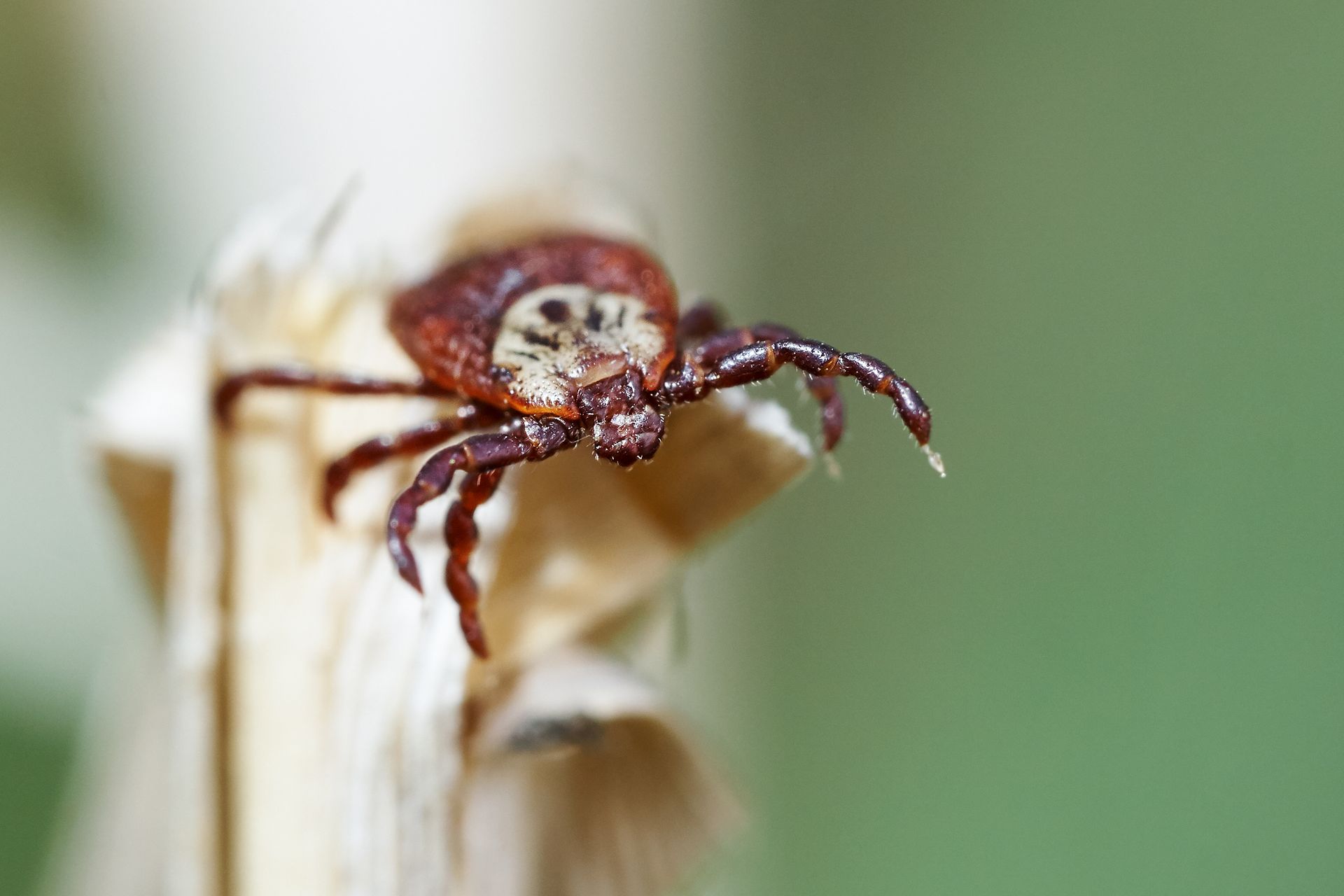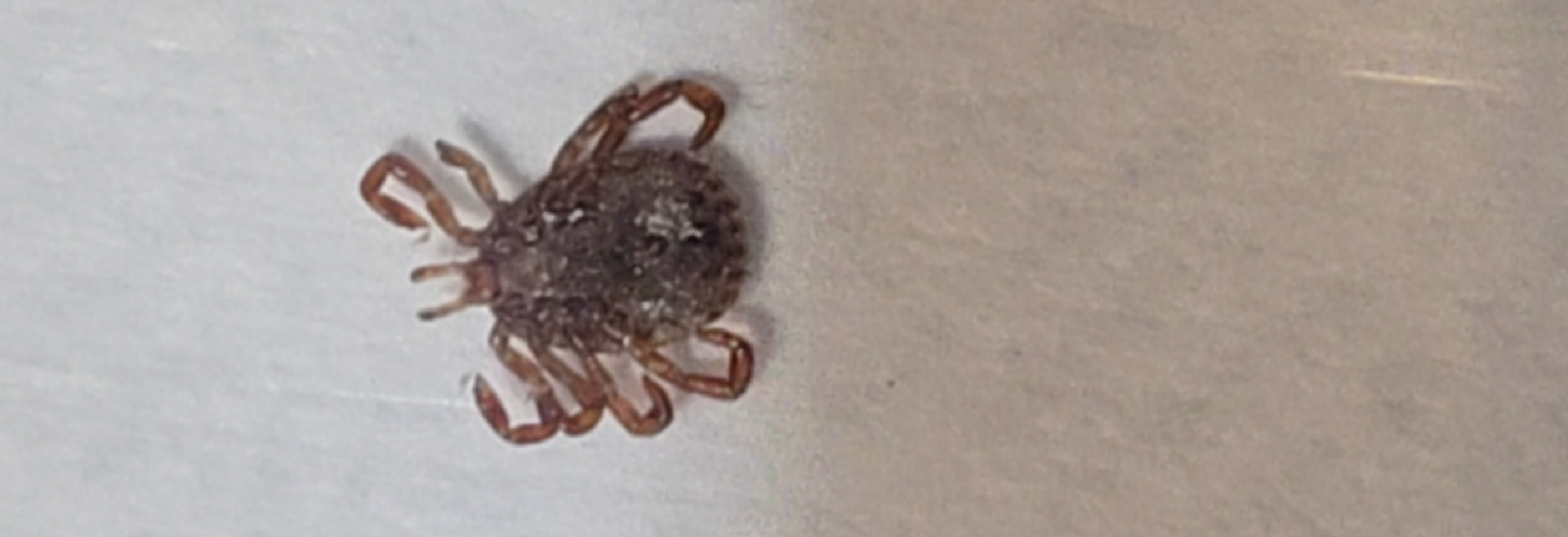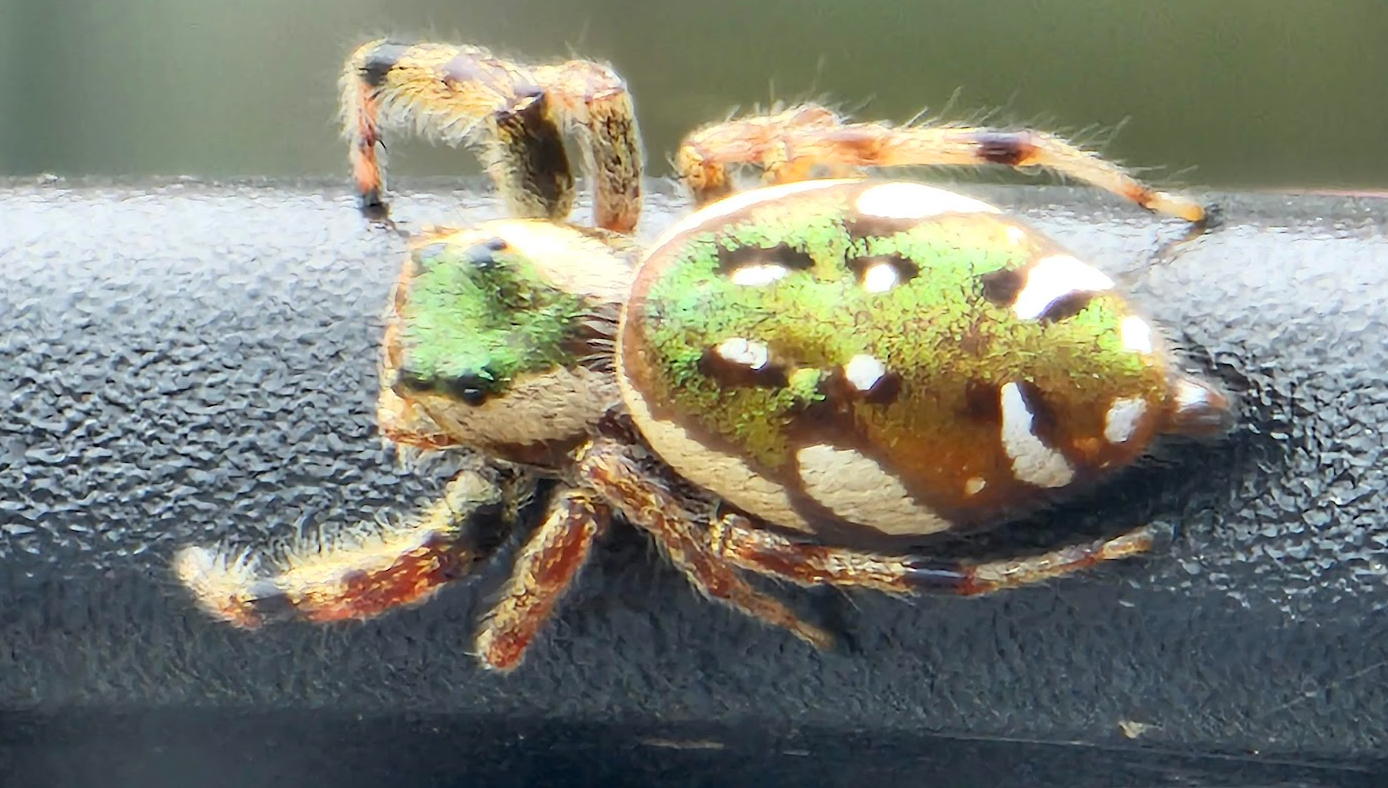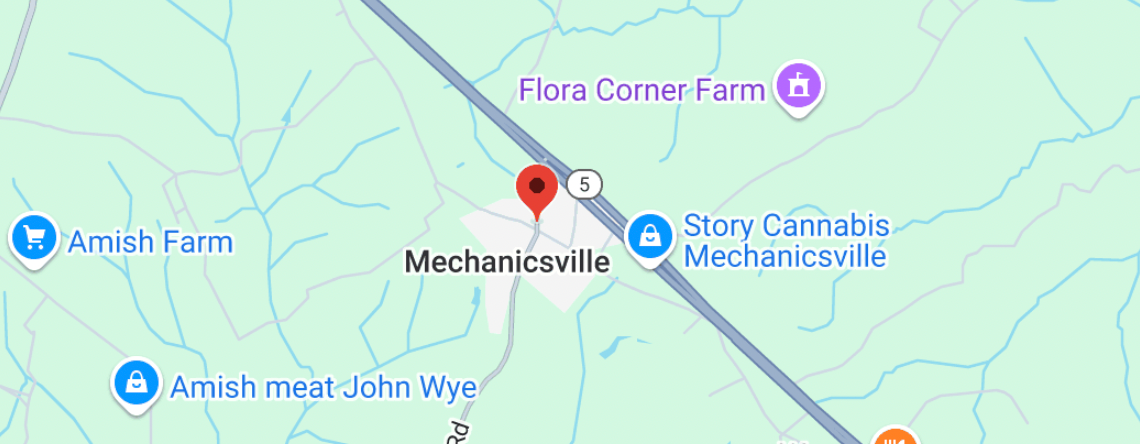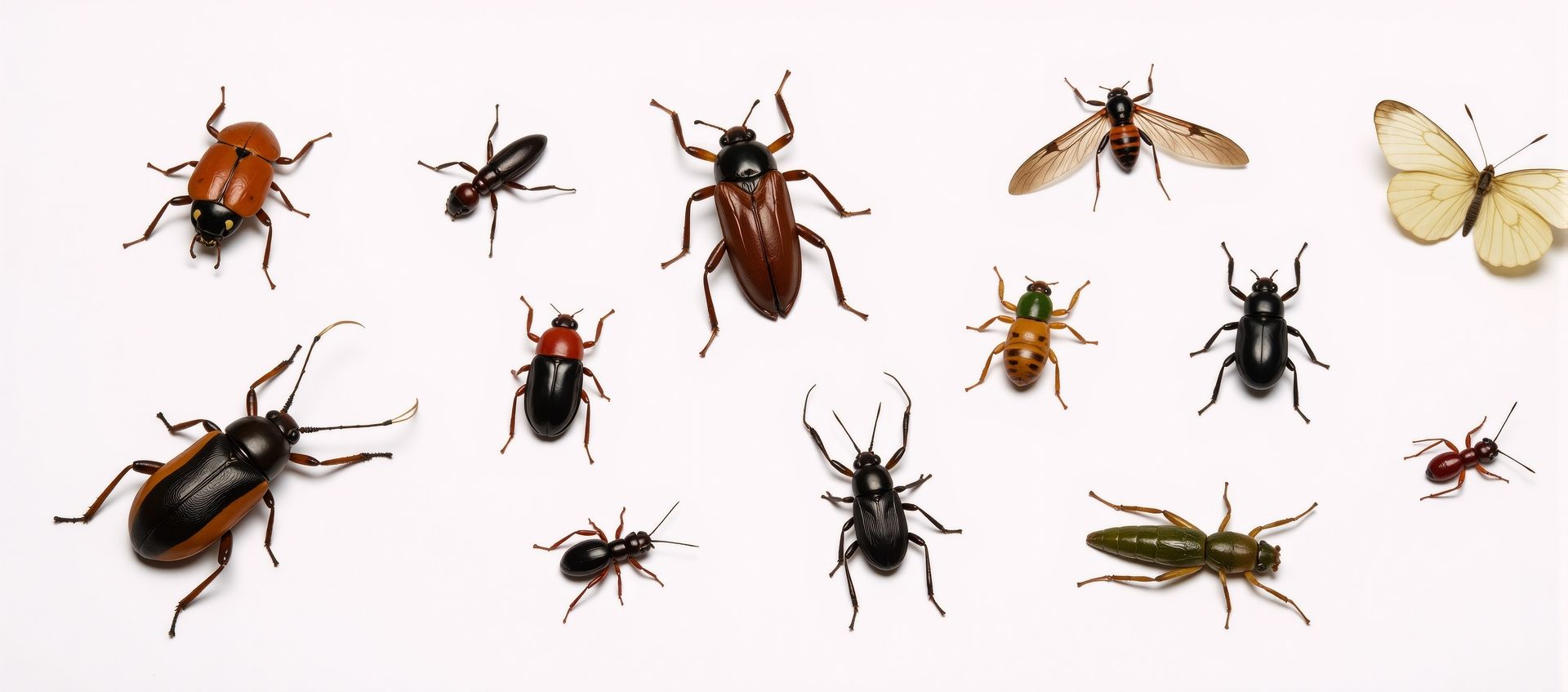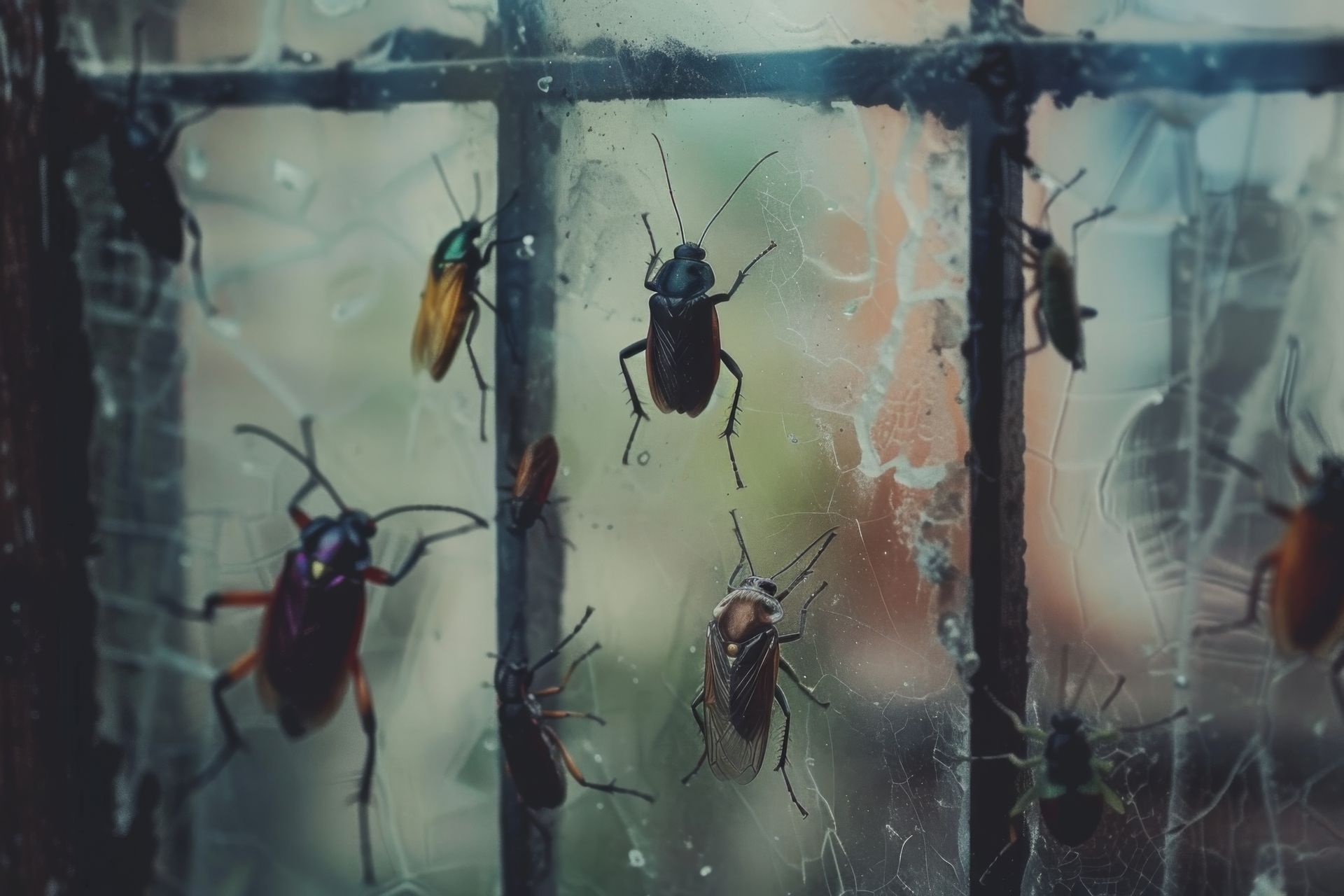How to identify and control termites
Southern MD Termite Extermination Services
Understanding Termites: Identification and Effective Control Measures
What You'll Learn In This Article:
This article provides insights into identifying different termite species, recognizing signs of infestation, and implementing effective control measures to protect properties from the destructive impact of termites. It emphasizes the importance of proactive prevention and professional pest management in addressing termite infestations.
Termites, often referred to as "silent destroyers," can wreak havoc on homes and businesses, causing extensive damage to wooden structures and compromising the structural integrity of buildings. Identifying the presence of termites and implementing effective control measures are crucial for protecting properties from the costly and detrimental effects of termite infestations. In this article, we will explore how to identify and control termites to safeguard your property from these destructive pests.
Identifying Termites
1. Recognizing Termite Species:
- Subterranean Termites: These termites build mud tubes for travel and are commonly found in soil and wood.
- Drywood Termites: Often found in dry wood, these termites do not require contact with the soil.
2. Signs of Infestation:
- Hollow-sounding wood.
- Discarded termite wings near windowsills and doors.
- Mud tubes on exterior walls or wooden structures.
- Presence of termite droppings, also known as frass, resembling sawdust or coffee grounds.
3. Professional Inspection:
- Regular inspections by pest control professionals can help detect early signs of termite activity and prevent extensive damage.
Controlling Termites
1. Moisture Control:
- Address moisture issues in and around the property to prevent conducive conditions for termite infestation.
2. Wood-to-Soil Contact:
- Minimize direct contact between wooden structures and soil to deter subterranean termite access.
3. Regular Maintenance:
- Seal cracks and crevices in the foundation to prevent termite entry.
- Remove wood debris and maintain adequate ventilation in crawl spaces and attics.
4. Chemical Barriers:
- Application of liquid termiticides around the foundation and in soil to create a protective barrier against termites.
5. Baiting Systems:
- Installation of termite bait stations to monitor and control termite activity through the use of toxic baits.
6. Professional Treatment:
- Seeking professional pest control services for comprehensive termite treatment and ongoing monitoring.
Conclusion
Identifying and controlling termites requires vigilance, proactive measures, and a combination of preventative strategies and treatment options. By understanding the signs of termite infestation and implementing effective control measures, property owners can mitigate the risk of termite damage and protect their investments. Regular inspections, moisture control, and professional pest management are essential components of a comprehensive approach to termite prevention and control.
If you suspect the presence of termites or want to proactively protect your property from termite infestations, consider consulting a reputable pest control company for a thorough inspection and tailored treatment plan. With the right knowledge and proactive measures, you can effectively identify and control termites, safeguarding your property against potential damage and preserving its structural integrity.
Article#240918FB-DRN



